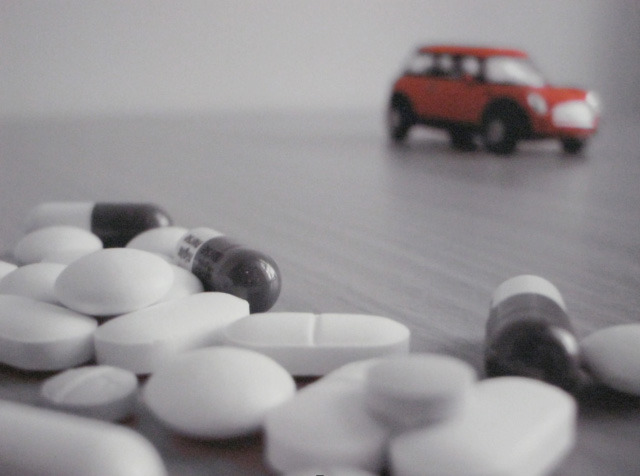Emergency
The patient talked to us about his experience, and how through a series of complications, such as a blood clot during surgery, he was left with huge difficulties in walking which prevented him from continuing with his job and has prevented him working. This disease had completely changed his life; his social life had disintegrated, his health in other areas had deteriorated, he had suffered from depression and his family had been hugely affected. He was no longer able to act as provider for his family and his wife felt unable to return to work as she felt a duty to care for him.
He explained to us how at several points he had contemplated suicide, he felt he had nothing to contribute and his future was bleak; often he had “lined up the pills on the table”. He told us that as he sat ready to take an overdose, he had seen his child’s toy car on the table, which acted to remind him of the need his children had for him as a father and the fact that amongst all the difficulties in his life they were the one bright light, that gave him the will to continue.
To me, this photograph symbolises the fact that behind every ‘disease’ (i.e. the clinical condition and pathologies of the human body) there is an ‘illness’ (a patient’s subjective experience of the disease). Though life may be full of struggles, every person needs hope and a reason to persevere and that strength is often found in people, not science. In this photograph I have used colour, or lack of it, to demonstrate this.
* details have been altered to maintain patient-confidentiality

A very touching and powerful reminder of the precarious nature of mental health in chronic illness and the power of and need for emotional connections and responsibilities.
It really hit home, the importance of family for patients in tough situations. Proves the importance of recognizing the problem of mental health is one of great value.
The stark contrast between the colour of the car and the bleak and dreary foreground really stood out to me. I think that it’s an excellent representation of how a patients personal relationships can help to shine through the ‘fog’ of mental illness.
This is a beautiful and poignant representation of mental health. The striking colour difference emphasises the powerful role that family and relationships has on the achromatic and, potentially, over medicated portrayal of mental health.
This striking image conveys the psychological impact that a disease can have on a patient. Here, the use of colour further demonstrates the importance of family during illness, in this case, the duty of a father to his children. This thought helps him to carry on through his depression.
There is a striking contrast between the pills filling the foreground and the toy car at the back of the shot which is bright but both out of focus and out of reach. This is an amazing represents how mental health can cloud someone’s view and prevent them from seeing the positive and uplifting elements of their lives – even when from an outside perspective these positives are easy to see. The mixture of pills suggests the blurring of lines between medication for the bowel cancer and his own self medication for the secondary psychological impacts of the illness which often aren’t properly considered.
This image is very poignant, firstly because of the nature of the colour. The overriding greyscale encompassing the medication reminds us that suffering from any medical condition can impact mental health and leave a patient feeling incredibly vulnerable and lonely. However, the contrast colour of the toy attracts the eye and signifies the aspects of life that bring joy – in the patient’s case, it reminds them of the joy their family brings. It’s a stark reminder that mental health should be at the forefront of care, along with treatment of a pathological condition, as the two are not mutually exclusive. Additionally, the artwork emphasises the need to have a good support network, perhaps family and friends, during times of illness as this can be the light that is needed to get through the darker times.